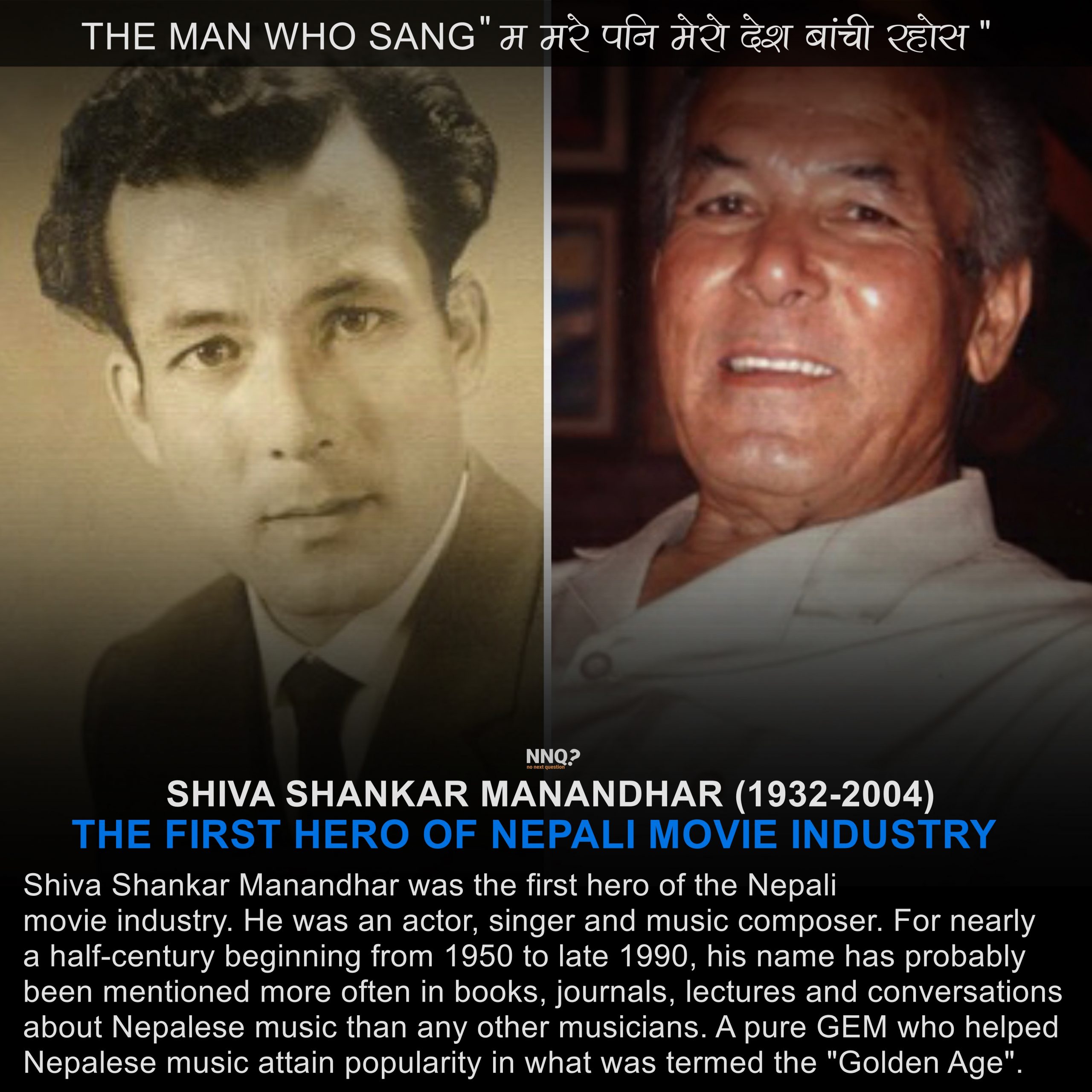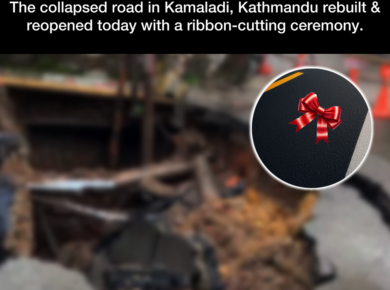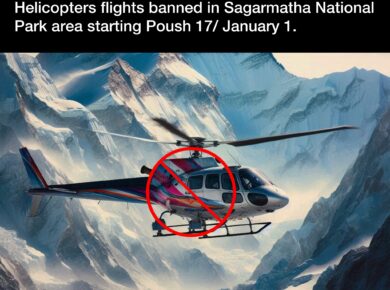The first hero of Nepali movie industry- Shiva Shankar Manandhar
Shiva Shankar Manandhar was born to his mother Ram Maya and his father Man Bahadur on 22 February 1932 in Pako, Newroad of Kathmandu, Nepal. Man Bahadur Manandhar was a volunteer music teacher in the local community and taught classical Newari songs to the youngsters. Shiva Shankar’s musical aspirations were probably inspired by his father’s community activity. He has composed music for around 1,200 Nepalese songs. He himself sang about three hundred songs. For these contributions, Shankar received dozens of prestigious national awards
Unfortunately, his father died at a very early age. Shankar completed his secondary school education but did not pursue any formal musical education before becoming established as a singer and music composer. In 1974, he pursued a graduate course in Indian classical music at Kalanidhi Sangeet College in Kathmandu. He took a job at Radio Nepal in May 1951 (2007 BS) and served there for the next 42 years. This was the period of his active creative life. For forty years, he composed and sang hit songs. From 1987 to 1991 (2043-2047 BS), he was the Executive Director of the Ratna Recording Corporation. He retired from Radio Nepal in 1996 (2051 BS).
His post-retirement period coincided with the onset of commercialization in Nepalese music. He could not adapt to the glamour of commercialization and eschewed making commercial music. As with his contemporary colleagues in music, he remained virtually silent after retirement.
He was the first hero of the Nepali movie industry who played a leading role of a ‘Lahure Dai’ in the first Nepali feature movie – Aama (Mother). However, he did not pursue an acting career except for a few cameo appearances in documentaries. Nevertheless, he composed music for several movies in the early days of the Nepalese film industry.
For nearly a half-century beginning from 1950 to late 1990, his name has probably been mentioned more often in books, journals, lectures and conversations about Nepalese music than any other musicians. Performing for fifty years, he helped Nepalese music attain popularity in what was termed the “Golden Age”. Although he pioneered changes and innovation, he always advocated for preserving the unique essence of the Nepalese style, so that Nepalese songs would not be overshadowed by foreign songs and music. In 2004, he fell gravely ill with terminal stage liver cancer. He died on November 14, 2004.
The man who sang the iconic song “म मरे पनि मेरो देश, बाँची राखोस”




